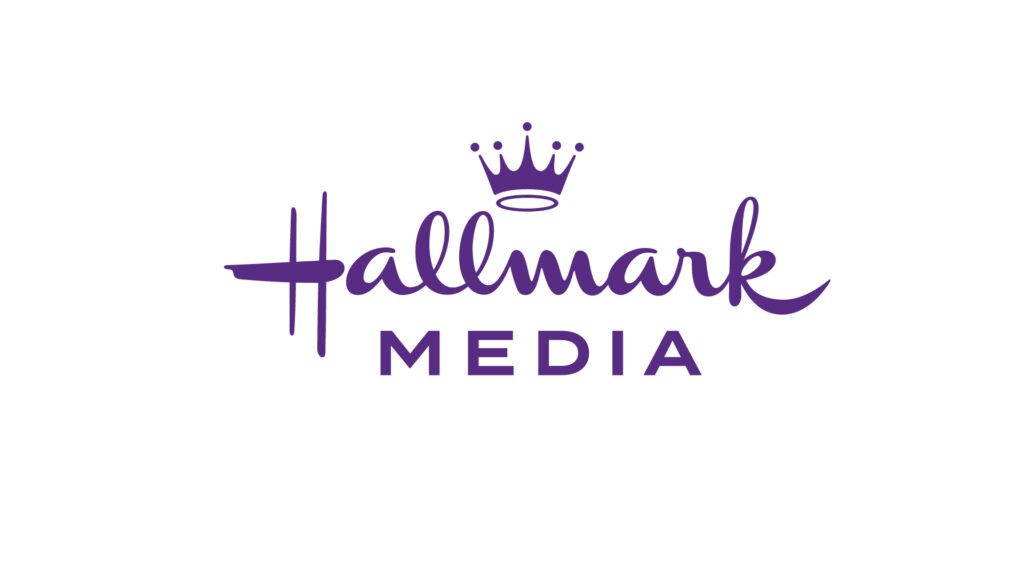Looking for a credible, effective and cost-efficient tool to add to your marketing mix? Consider viral marketing, which can turn your social networking efforts into digital grapevines of customer contact. Click here to learn more.
Viral marketing can be a way to penetrate culture without paying high media costs. According to a JupiterResearch survey, 80% of online companies say they do some form of viral promoting. A 2005 study from Sharpe Partners revealed that nearly nine of 10 adult Internet users in the U.S. share content with others via e-mail. As many as 75% include up to six other recipients in their distribution. Eighty-one percent of those who receive viral messages pass them on to at least one other person, and almost half (49%) are likely to pass that message along to two or three other people.
MarketingSherpa’s 2007 reader study on viral marketing points to the disparity between marketers who have experience in viral marketing and those who do not. This “experience chasm” gives a significant edge to experienced viral marketers over the competition. Consider the following tips to deliver value beyond simple “buzz:”
Use viral as a stepping-stone to build relationships and grow brand affinity. Whether building prospect databases or driving online sales, understanding which sites and which people have the greatest probability of spreading a message is the key to getting something to spread.
Viral works best when integrated into a brand’s overall marketing mix. Viral needs to be used strategically as a means to an end, rather than simply as an end in itself. Merely generating exposure is not the optimal use of viral campaigns.
Get real. Experienced marketers model the viral market opportunity to set goals, performance metrics and realistic budgets. Modeling the existing customer base to develop behavioral and motivational profiles is far better than banking on a single creative approach applied across different strategies.
Test, refine, and test again. Analysis of behavioral models and multiple cycles of multivariate testing (creative, message, motivators) will allow you to leverage findings into new tests. By optimizing variations and combinations of different elements, you take the guesswork out of creating viral successes and turn your viral marketing into a predictable, measurable marketing channel.
Getting tactical
Whether viral videos, blogs, games, or puzzles, the object of viral marketing is to leave consumers with a positive and lasting impression of the brand. Successful viral programs incorporate a variety of refined interactive marketing tactics, such as:
Attention to strong creative. The message must be viral-ready. Although overt brand messages may not deter consumers from sharing, the best applications skew more toward product placement than brand sponsorships.
Seeding. Companies use e-mails, blogs, message boards and special Web sites with everything from online movies to downloadable games to draw customers by the thousands. If an idea or incentive is good enough, the seeds who receive it will think to pass it on to their friends and so on. While this form of viral marketing doesn’t produce an immediate sale in the strictest sense, it does promote proactive action on the recipient’s part on behalf of the product or service.
By combining viral marketing tools with mass-media, marketers can harness the power of large numbers of ordinary people to increase the reproductive rate of a viral message.
Whether an advertiser directs television viewers to a Web site, or buys advertising on the Web or contacts potential consumers directly via email, a large number of conversions are generated. Most campaigns end here. But if the advertiser provides a social sharing tool, this audience can serve as the big seed group, forwarding the message to their friends, who may forward it to their friends in turn.
If an initial seed group of 10,000 passes the viral message on to 5,000 new recipients, and those 5,000 pass the message on to 2,500, and so on, the campaign eventually reaches 20,000. Even at a reproduction rate of 0.5, such a big seed campaign can quickly double the number of people that a traditional campaign might have reached.
Managing toward virality. Closely monitor viral program elements and, when there’s a hint of viral spread, optimize based on content, offers and/or consumer behavior. Properly tracking performance will help you to better evaluate your viral marketing campaign and figure out which offers and customers drive the highest response and ROI.
Viral dos and don’ts
The inappropriate use of viral marketing can be counterproductive by creating unfavorable attitudes towards products. There are things that marketers can do to avoid creating a viral program that fizzles or, worse, one that goes horribly wrong.
Do allow people to download the content in a useable form (JPG pictures, MPG videos, etc.). If users can easily share with others, publish it to social networks, or even embed the content on their own sites your campaign will more likely propagate.
Do provide an interactive website dedicated to creating a strong online community. Such a site can facilitate connections by using company blogs, message boards, or forums.
Don’t overlook data management best practices. Experienced viral marketers have developed specific guidelines around the forward-to-a-friend email functionality to protect against malicious activity and to ensure a more positive consumer experience. From ensuring that the code blocks multiple submissions of the form by same session/IP address in a short time span, to checks for obscene content, the form and function of forward-to-a-friend campaigns need to be thought through from the outset.
Gauging success
To gauge viral success, you will need to analyze metrics such as pass-along, click-through, and conversion rates. Separate the click-through and conversion rates by original customers from referrals and evaluate their respective performances. This will tell you how many customers took advantage of your offer and how far the viral spread, i.e., where the offer was taken advantage of with regards to where it was originally seeded.
Be aware that if your viral effort is aimed to primarily create brand awareness, not many reliable utilities exist to track and gauge the success. This is why anyone with viral experience typically stresses the importance of using viral marketing as one component of a larger approach.
Because it requires innovative approaches to creating new relationships and markets, viral marketing isn’t always as cut-and-dried as more traditional methods. Creatively integrating the viral program into your overall marketing mix, setting realistic goals, and testing and optimizing will help drive rapid, positive exposure through trusted word-of-mouth networks for minimal cost.
Josh Perlstein is president of Atlanta-based marketing services firm Response Media.
 Network
Network

